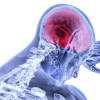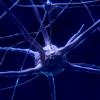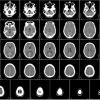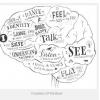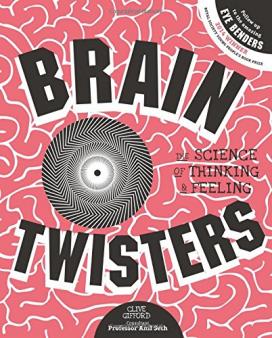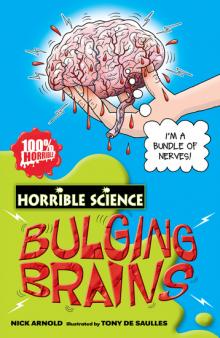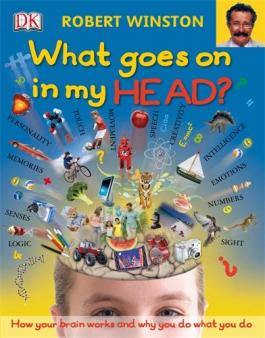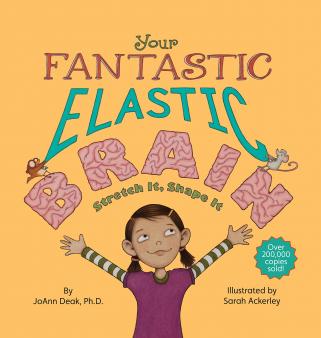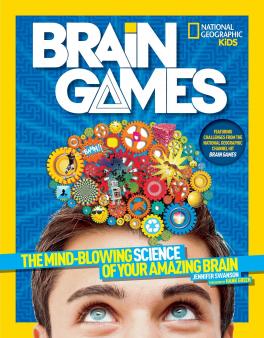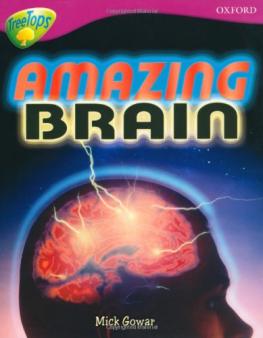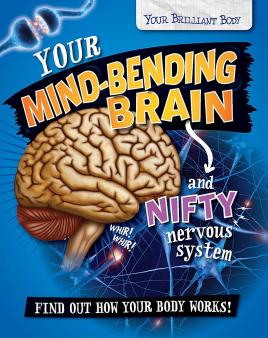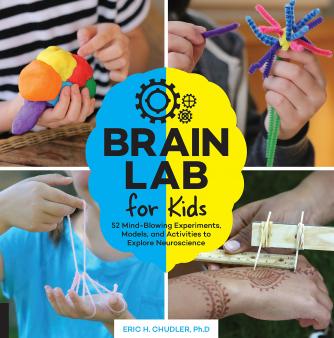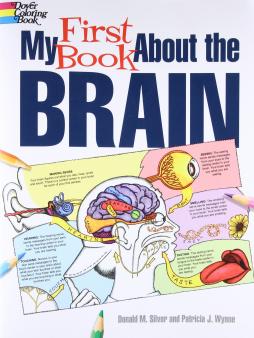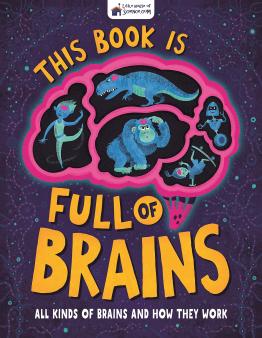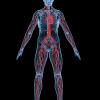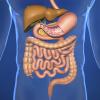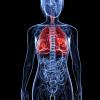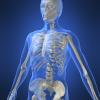The human brain and nervous system
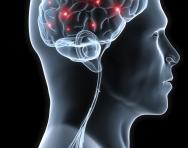
The human brain is like a powerful computer that stores our memory and controls how we think and react. It has evolved over time and features some incredibly intricate parts that scientists still struggle to understand.
The brain is the centre of the human nervous system, controlling our thoughts, movements, memories and decisions.
Our nervous system is the message centre of our body. Messages of the nervous system travel throughout the body to help the body function and stay safe. The nervous system is an amazing and complex network of cells that relay messages from all parts of our body to our brain.
The spinal cord is the main highway in which these messages travel. Messages can travel in such a short span of time so that it is almost immediate.
Top 10 facts
- Although the brain looks like a dull grey organ, it is actually mostly water. About 80% of our brain tissue is liquid. This is why it is important to drink lots of water – if you are dehydrated, your brain will not work as well.
- Our reactions to touch, danger and fear are so fast because the electrical signals in the nerve fibres travel around 280 kilometres per hour.
- Think about that famous image of a light bulb light up above someone’s head. The reality is not very different – our brain operates on the same electrical power as a 10v lamp.
- The brain contains billions of nerve cells that send and receive information around the body.
- The human brain is over three times as big as the brain of other mammals that are of similar body size.
- The human brain is protected by the skull (cranium), a 3D jigsaw of 29 bones (including the jaw) that form separately before birth and join as we grow to form a solid 'helmet' of bone.
- While your body rests at night, the brain is actually still active. Brain activity while sleeping is quite high: assessments say that the brain re-organises thoughts, processes the day you’ve just had and prepares itself for a new day.
- Dreams lasts between 2-3 seconds at the most. We mostly do not remember our dreams, just the ones that we have close to when we wake up.
- The brain of an adult human weighs around 3 pounds (1.5 kg). Although it makes up just 2% of the body's weight, it uses around 20% of its energy.
- Each side of the brain interacts largely with just one half of the body, but for reasons that are not yet fully understood the interaction is with opposite sides (the right side of the brain interacts with the left side of the body, and vice versa).

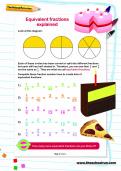
Boost Your Child's Learning Today!
- Start your child on a tailored learning programme
- Get weekly English & maths resources sent direct to your inbox
- Keep your child's learning on track
Did you know?
- The central nervous system is responsible for so many things we almost take for granted: tasting, smelling, seeing, hearing, thinking, dreaming, breathing, heart beating, moving, running, sleeping, laughing, singing, remembering, feeling pain or pleasure, painting, writing... You couldn't do any of these things without your central nervous system.
- Your brain is wrapped in three layers of tissue and floats in a special shock-proof fluid to stop it from getting bumped on the inside of your skull as your body moves around.
- Your brain is more powerful, more complex and cleverer than any computer ever built. It is constantly dealing with hundreds of messages from the world around you, and from your body, and telling your body what to do.
- Doctors and scientists have found that different parts of the brain are in charge of different things. The cerebellum controls and coordinates movements of the muscles, like walking or swinging the arms. This means that the movement is smooth and controlled and you don't fall over when you turn around. The outside layer of the cerebrum has special areas, which receive messages about sight, touch, hearing and taste. Other areas control movement, speech, learning, intelligence and personality. The brain stem is in charge of keeping the automatic systems of your body working. You don't have to think about breathing, you just do it automatically, but you can decide if you want to hold your breath for a short time. You don't have to think about your heart beating because your brain keeps it going automatically.
- Your brain keeps on growing until you are about 20 years old. By then the brain has made lots of links which it no longer needs so it is able to shed any unwanted connections and still have billions of brain cells left to cope with whatever you may want to do. You can still make new connections even when you are 100 years old!
- The human brain is so complex that doctors and scientists still don't know what some parts of it do. They do know that if the brain is damaged, the damage often cannot be repaired. You can't join brain cells together like you can bones. Doctors and scientists know how some of the brain works and can sometimes fix it when things go wrong, but the brain is truly amazing and we don't know all its secrets yet.
Look through the gallery and see if you can spot the following:
- What brains look like inside our skulls
- A nerve cell
- Scans of the brain
- Some of the many functions of the brain
Gallery
About
The nervous system is made up of the brain, the spinal cord, and a large network of nerves that covers all parts of the body. Together, the nervous system helps different parts of our body communicate and allows our brain to control what is going on. Without the nervous system our brain wouldn’t work. It wouldn't know anything that was going on in the outside world and wouldn't be able to control our body.
The brain and the spinal cord make up what is called the central nervous system. The rest of the nerves together are called the peripheral nervous system.
Nerves are a little like wires that carry communication signals or impulses around the body. Inside each nerve is a bundle of nerve fibres. Some nerves are really long, like the ones that go all the way from your feet to your spinal cord. Nerve cells are called neurons. When a neuron is stimulated – by heat, cold, touch, sound vibrations or some other message – it begins to generate a tiny electrical pulse. This electricity and chemical change travels the full length of the neuron. But when it gets to the end of finger-like points at the end of the neuron, it needs help getting across to the next extended finger. That's where chemicals come in; the electrical pulse in the cells triggers the release of chemicals that carry the pulse to the next cell.
There are two main types of nerves: motor nerves and sensory nerves.
- Motor nerves – Motor nerves allow the brain to control our muscles. The brain sends signals over the motor nerves to tell our muscles to expand or contract so we can move.
- Sensory nerves – The second type of nerves are called sensory nerves. These nerves carry signals to the brain to tell it about what is going on in the outside world. They come from our skin (touch), nose (smell), eyes (sight), tongue (taste), nose (smell), and ears (hear).
Our bodies are incredibly clever. Sometimes we need to move so fast that our brains don't have time to think. So our body just bypasses the brain. This happens when we touch something hot. Our hand actually moves before the brain tells it to. The brain eventually finds out what is going on, but our body has done the clever thing and moved first.
The biggest part of the brain is the cerebrum. The cerebrum makes up 85% of the brain's weight. The cerebrum is the thinking part of the brain and it controls your voluntary muscles – the ones that move when you want them to. So you can't dance or kick a ball without your cerebrum!
When you're thinking hard, you're using your cerebrum. You need it to solve maths problems, read a map, and draw a picture. Your memory lives in the cerebrum – both short-term memory (what you ate for dinner last night) and long-term memory (the name of the place you went on holiday two years ago). The cerebrum also helps you reason, like when you know you need to put a bookmark in your book to keep your place.
The cerebrum has two halves, with one on either side of the head. Scientists think that the right half helps you think about abstract things like music, colours, and shapes. The left half is said to be more analytical, helping you with maths, logic, and speech. Scientists also know for sure that the right half of the cerebrum controls the actions of the left side of your body, and the left half controls the right side.
The brain is suspended in a special fluid, and floating in liquid acts as both a cushion to physical impact and a barrier to infections. As the brain is made up of mostly water, keeping it hydrated is crucial for it to work efficiently… so drink plenty of water!
Words to know:
Abstract - not relating to actual objects but expressing something that can only be understood by thinking
Analytical - able to separate things into their parts in order to study or examine them, draw conclusions, or solve problems
Automatic - done without conscious thought
Complex - made up of many interrelated parts
Evolved - to develop from an earlier biological form
Interact - to be or become involved in communication, social activity, or work with somebody else or one another
Intricate - containing many details or small parts that are combined in a particularly complex or skilful way
Mammals - a class of warm-blooded vertebrate animals
Network - a pattern or system that looks like a series of branching or interconnecting lines
Organ - a complete and independent part of a plant or animal that has a specific function
Relay - the passing on of something, especially a message or information received, to somebody else, or the process of being passed on
Voluntary - resulting from somebody's own choice or decision
Related Videos
Just for fun...
- Explore the brain and how it works and test your frontal lobe, parietal lobe, temporal lobe and occipital lobe with some games
- A hands-on experiment to help you test how fast your brain sends messages to your body
- Help your brain remember things better with these fun exercises
- A word matching game
- Brain teasers and brain games for kids
- Try the Fastball Reaction Time game to see how fast your brain sends messages to your muscles
- Watch National Geographic Kids videos of brain games
Children's books about the brain
Find out more
- The Brain Explorer offers an tour around the different parts of the human brain
- Try some brain training activities
- A quiz about the brain and the nervous system
- More facts and information about the brain and the nervous system
- The funny bone (not actually a bone at all!) explained
- Understand more about neuroscience on the Brain Diaries website and play games and watch videos about how our brains grow and learn
- Find out more about how the brain works and how information is passed along the nervous system
- Loads of links to explain neuroscience to kids
- Watch a video that explains how our eyes and brain work together to make sense of the world
- Discover how your brain cells talk to each other and what different brains are made of
- Find out how Magnetic Resonance Imaging (MRI) is used to study the brain, with a children's guide
See for yourself
Also see

Give your child a headstart
- FREE articles & expert information
- FREE resources & activities
- FREE homework help
